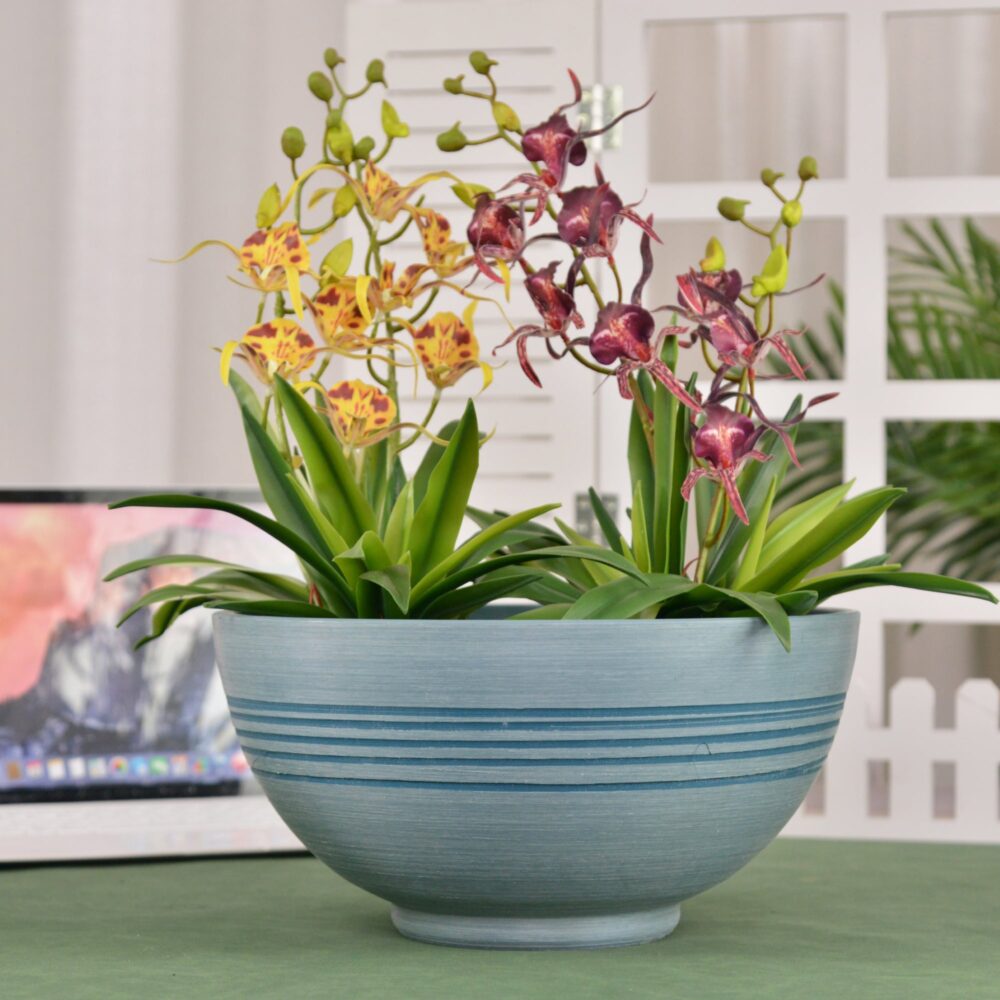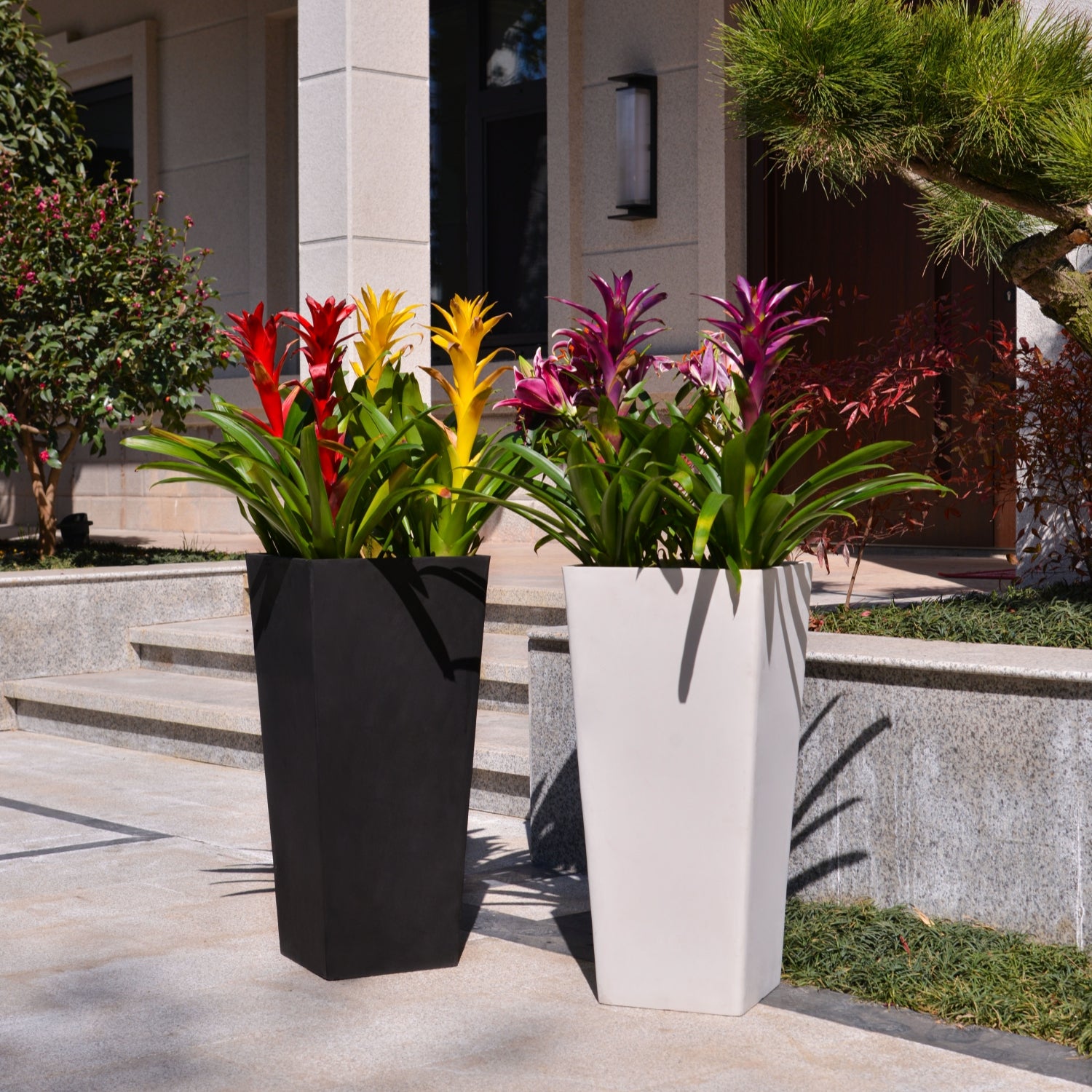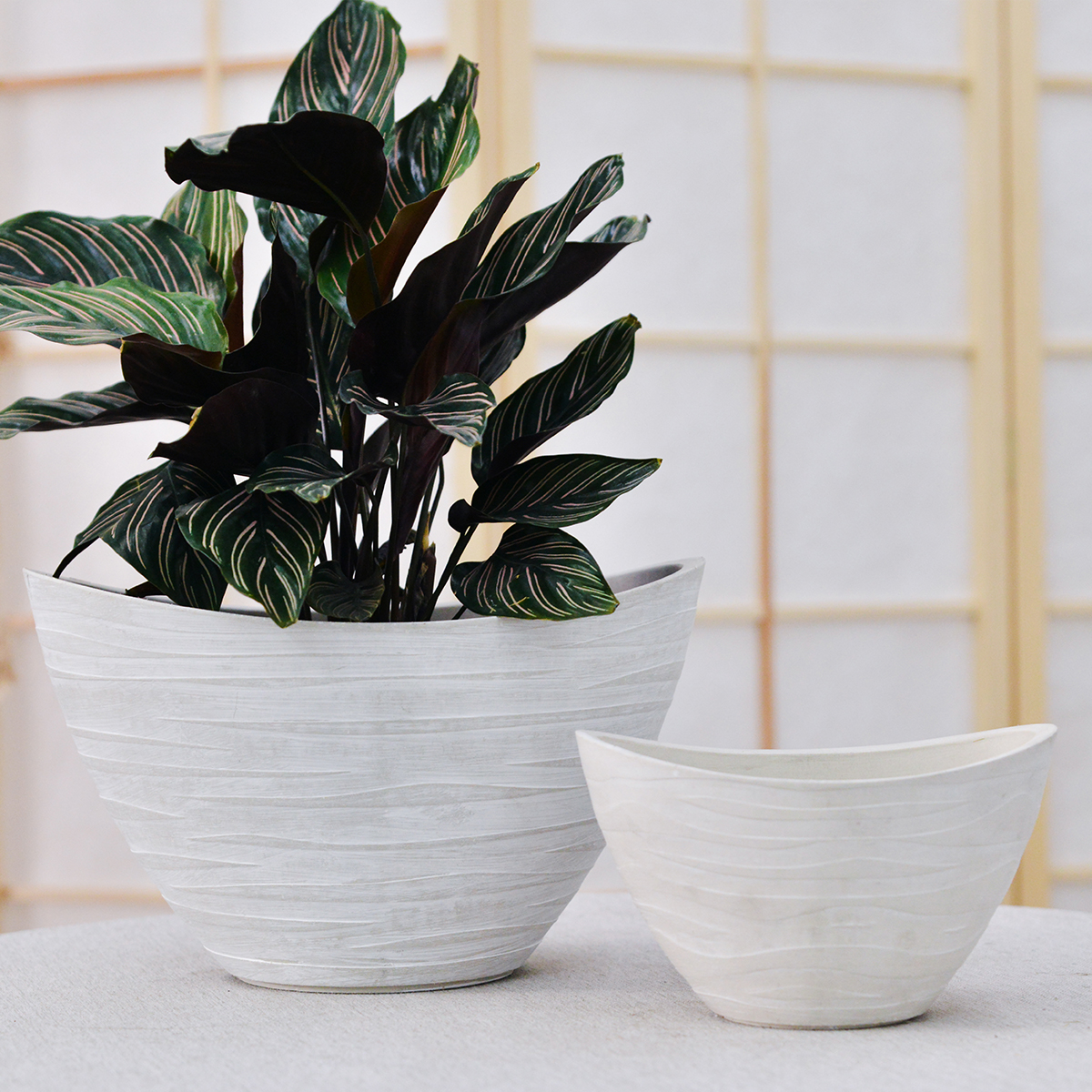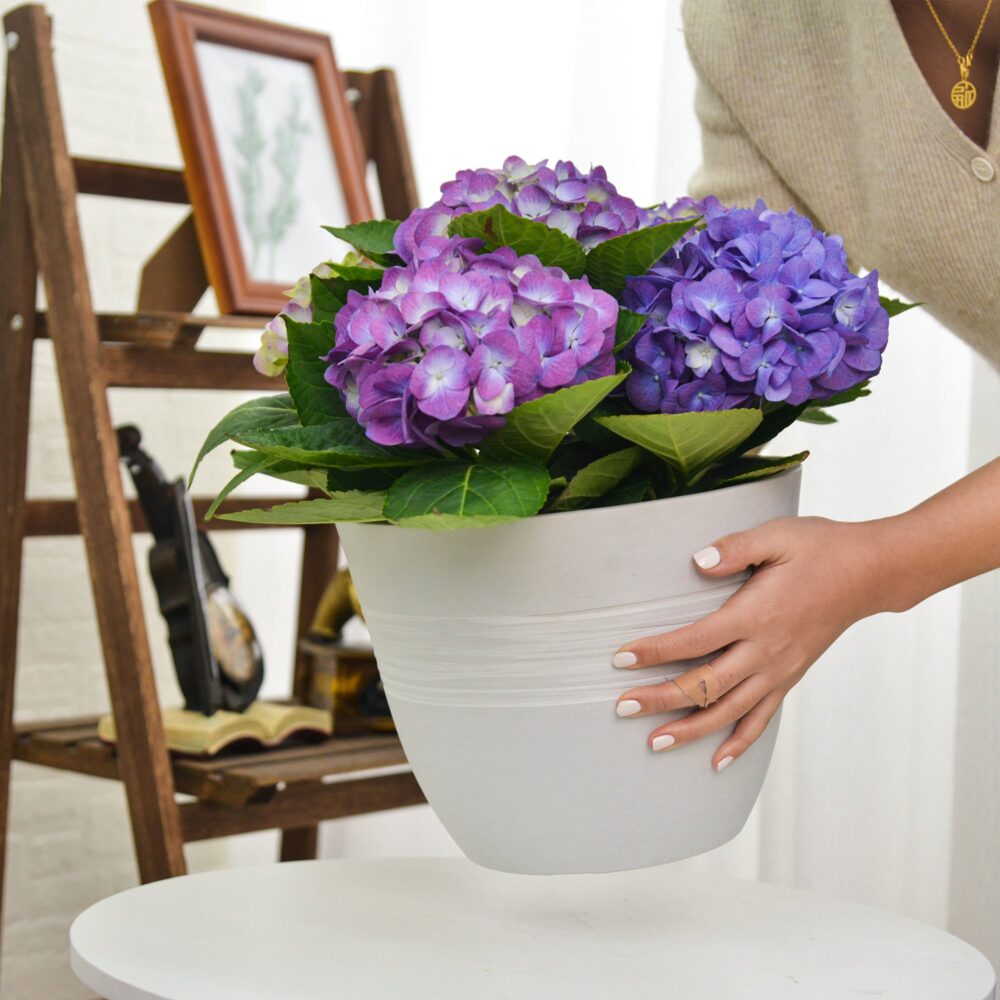Rex Begonia Indoors: The Ultimate Guide to Growing Jewel-Toned Foliage at Home
Looking to add a splash of vibrant color and intricate patterns to your indoor plant collection? Rex Begonias, known for their spectacularly ornamental leaves, are true foliage jewels. These stunning and diverse plants, belonging to the genus Begonia and specifically the Rex Cultorum group, are prized for their kaleidoscope of colors, textures, and patterns on their leaves. This comprehensive guide will provide you with everything you need to know to grow Rex Begonias indoors, from selecting the right varieties and pots to mastering essential care techniques for showcasing their breathtaking foliage in your home.
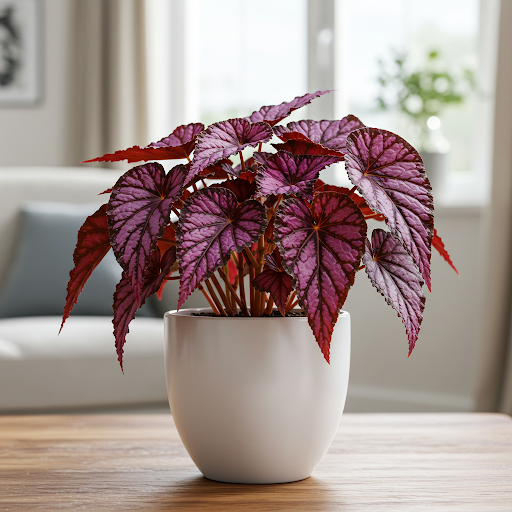
Rex Begonias
What are Rex Begonias?
Rex Begonias are not your typical flowering begonias. They are grown primarily for their extraordinary foliage, which comes in an astonishing array of colors, including silver, pink, purple, red, green, and chocolate, often combined in intricate patterns, swirls, and metallic sheens. These rhizomatous begonias are hybrids within the Begonia Rex Cultorumgroup, derived from Begonia rex and other species. They are native to Assam, China, and other parts of Asia. While they do produce small pinkish flowers, these are secondary to their magnificent leaves.
Ideal Indoor Growing Conditions for Rex Begonias:
- Rex Begonia Varieties for Indoors: The Rex Begonia group is incredibly diverse, with countless cultivars offering a wide range of leaf colors, patterns, and textures. Some popular and readily available Rex Begonia varieties for indoor growing include:
- ‘Escargot’: Spiral-shaped leaves resembling snail shells, often silver and green.
- ‘Iron Cross’: Dark green leaves with a prominent silver cross-shaped marking in the center.
- ‘Red Kiss’: Intense red and silver foliage with ruffled edges.
- ‘Pink Charm’: Shades of pink, silver, and green with intricate patterns.
- ‘Fireworks’: Silver and deep purple foliage with a bubbly texture.
- ‘Merry Christmas’: Red and green leaves, popular for holiday displays.
- ‘King Henry’: Large, deeply lobed leaves with silver and green coloration.
- Light: Rex Begonias need bright, indirect light to bring out their best colors and patterns. They thrive in locations that receive bright, filtered sunlight for at least 6 hours per day. East-facing windows are often ideal, providing gentle morning sun. North or west-facing windows can also work if the light is bright but diffused. Avoid direct, intense afternoon sun, which can scorch their delicate leaves. Insufficient light will result in dull colors and leggy growth.
- Soil: Rex Begonias need well-draining, slightly acidic soil that retains moisture. Use a high-quality potting mixformulated for begonias, African violets, or a general-purpose potting mix amended with peat moss, perlite, and vermiculite to improve drainage, aeration, and acidity.
- Watering: Rex Begonias prefer consistently moist soil, but are very sensitive to overwatering and soggy conditions. Water when the top inch of soil feels slightly dry to the touch. Water thoroughly until water drains out of the drainage holes. Never let the pot sit in standing water, which can quickly lead to root rot. Reduce watering slightly in the winter months when growth slows down. Use room temperature water.
- Humidity: Rex Begonias thrive in high humidity, mimicking their tropical origins. Aim for humidity levels of 50-70% or higher. Increase humidity by:
- Pebble Trays: Place pots on trays filled with pebbles and water (water level below the pot base).
- Humidifier: Use a room humidifier, especially during dry seasons or winter heating.
- Grouping Plants: Grouping Rex Begonias with other humidity-loving plants can create a more humid microclimate.
- Terrariums (Open or Partially Closed): Rex Begonias can thrive in open or partially closed terrariums, which help maintain humidity. Ensure some ventilation to prevent excessive moisture buildup.
- Temperature: Average room temperatures between 65°F to 75°F (18°C to 24°C) are ideal. Rex Begonias are comfortable in typical household temperatures. Avoid exposing them to temperatures below 60°F (15°C) or sudden temperature fluctuations and cold drafts.
Planting Your Rex Begonia Indoors:
- Starting from Potted Plants or Rhizome Cuttings: The easiest way to start growing Rex Begonias indoors is to purchase potted plants from nurseries, garden centers, or online retailers. You can also propagate Rex Begonias from rhizome cuttings or leaf cuttings, although starting with potted plants is more common for beginners.
- Propagation from Rhizome Cuttings: Rex Begonias are easily propagated from rhizome cuttings. When repotting, you can divide the rhizome into sections, ensuring each section has at least one node (bud). Allow the cut ends to callus over for a day or two before planting in moist potting mix.
- Planting Time: Rex Begonias can be planted or repotted at any time of year indoors. Spring or early summer, at the start of the growing season, is generally recommended for optimal establishment and growth.
Choosing the Right Pots for Indoor Rex Begonias:
- Suitable Pot Types: Select pots with good drainage and that are appropriate for the size of the plant. Plastic, ceramic, or terracotta pots are all suitable. Drainage is more critical than pot material for Rex Begonias.
- Drainage: Excellent drainage is essential for Rex Begonias to prevent root rot. Ensure your chosen pot has drainage holes at the bottom. You can also add a layer of gravel or pot shards at the base of the pot to improve drainage further.
- Pot Size: Choose a pot that is only slightly larger than the root ball. Rex Begonias do not need large pots and prefer to be slightly root-bound. Overpotting (using too large a pot) can lead to excess moisture retention and root rot. Shallow pots are often preferred as Rex Begonias have shallow root systems. When repotting, typically move up only slightly in pot size.
- Potting Mix: Use a well-draining, slightly acidic potting mix as described earlier.
Essential Care Tips for Vibrant Indoor Rex Begonias:
- Watering Technique: “Keep Moist, Not Soggy”. Water when the top inch of soil feels slightly dry. Water thoroughly, allow drainage, and never let the pot sit in water. Avoid overwatering.
- Humidity is Key for Leaf Health: Maintain high humidity levels. Use misting, humidifiers, pebble trays, or terrariums as described earlier. Dry air can lead to crispy leaf edges and reduced vibrancy.
- Fertilizing for Leaf Color: Rex Begonias benefit from regular fertilization during the growing season (spring and summer) to support their vibrant foliage. Fertilize every 2-4 weeks with a balanced liquid fertilizer diluted to half strength, or a fertilizer specifically formulated for begonias or foliage plants. Follow package instructions. Reduce or stop fertilizing during the fall and winter dormant period.
- Light Management for Color Intensity: Provide bright, indirect light to maximize leaf color and patterns. Monitor leaf color intensity – if colors are fading, they may need more light. Avoid direct sun to prevent leaf scorch.
- Pinching off Flowers (Optional): Rex Begonias are grown for their foliage, and their flowers are typically small and less showy. Many growers pinch off flower buds to encourage the plant to focus its energy on leaf production and maintain the plant’s ornamental foliage appeal. However, you can also let them flower if you wish.
- Leaf Cleaning: The textured leaves of Rex Begonias can collect dust. Clean the leaves regularly by gently wiping them with a damp cloth or soft brush to keep them looking their best and allow them to photosynthesize efficiently. Avoid using leaf shine products.
- Repotting Schedule: Repot Rex Begonias every 1-2 years, or when they become root-bound or the potting mix is depleted. Repot in spring or early summer.
- Pest and Disease Control: Monitor Rex Begonias for pests like mealybugs, aphids, and spider mites. High humidity can also make them susceptible to fungal diseases like powdery mildew and botrytis blight, especially if air circulation is poor. Ensure good air circulation and avoid overcrowding plants. Treat any pest infestations or diseases promptly with insecticidal soap, neem oil, or appropriate fungicides if needed, following product instructions carefully and prioritizing organic options when possible.
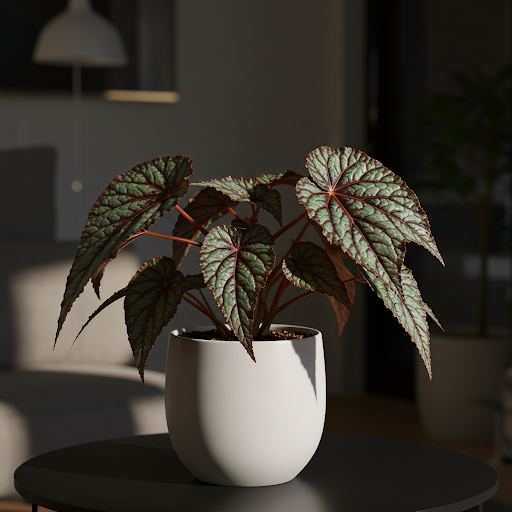
Rex Begonias
Popular Rex Begonia Cultivar Groups and Series:
- Escargot Types: Spiral-leaved cultivars.
- Iron Cross Types: Cross-shaped leaf markings.
- Ruffled Types: Leaves with ruffled or frilly edges.
- Metallic Types: Leaves with a metallic sheen or shimmer.
- Painted Leaf Types: Intricate color patterns and contrasts.
- Reo Series, Fireworks Series, etc.: Commercially available series with various colors and patterns.
In Summary:
Growing Rex Begonias indoors is a fantastic way to bring a gallery of living art into your home. Their dramatic foliage, with its incredible diversity of colors and patterns, makes them truly captivating houseplants. By providing bright, indirect light, consistently moist (but not soggy) soil, high humidity, and regular care, you can successfully cultivate thriving and spectacularly colorful Rex Begonias indoors and enjoy their jewel-toned beauty year-round.
For more detailed botanical information and to explore the vast world of Begonia species and cultivars, you can visit the Wikipedia page on Begonia Rex Cultorum.
Important Note: Rex Begonias are considered mildly toxic if ingested and their sap can be irritating to skin. Keep them out of reach of children and pets who may be tempted to chew on the leaves, and wear gloves when handling them if you have sensitive skin.
13 inch Planter for Indoor Plants, Set of 2 Modern Decorative Plant Pots with Drainage Hole, Cute Bowl Shape Flower Pots
By greenship-seo|2025-04-10T07:41:46+00:00January 10, 2025|Categories: Hand-carving Series|Tags: Decorative Flower Pots, Self-Watering Pots|
GreenShip 27inch Tall Planters for Porch, Large Outdoor Planter Pots with Drainage Hole
By greenship-seo|2025-04-10T06:27:21+00:00April 7, 2025|Categories: Hand-carving Series|Tags: Decorative Flower Pots|
20VD
By greenship|2024-08-13T06:43:41+00:00August 13, 2024|Categories: Hand-carving Series|
20YB
By greenship|2024-08-16T05:37:57+00:00August 16, 2024|Categories: Hand-carving Series|
Planter for Indoor Outdoor Plants, Set of 2 Modern Decorative Plant Pots with Drainage Hole, Decorative Flower Pots
By greenship-seo|2025-01-14T12:26:44+00:00January 14, 2025|Categories: Hand-carving Series|Tags: Decorative Flower Pots|
Planter 6 in W / 8 in W / 12 in W Indoor or Outdoor Plants, Modern Decorative Plant Pots with Drainage Hole, Decorative Flower Pots
By greenship-seo|2025-02-06T13:43:53+00:00January 16, 2025|Categories: Hand-carving Series|Tags: Decorative Flower Pots|

